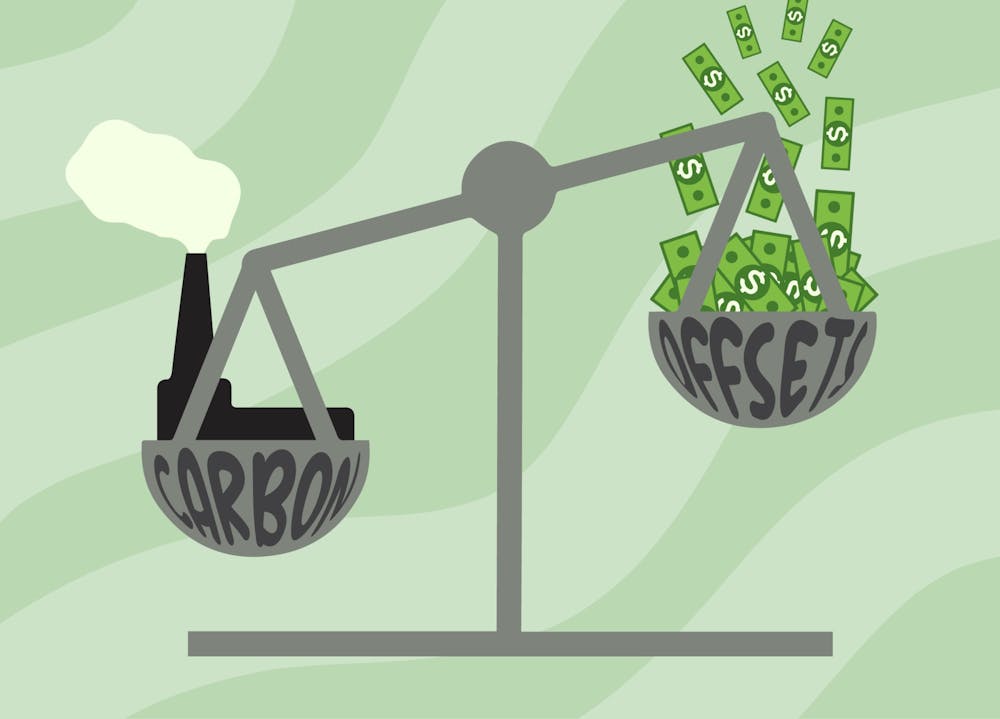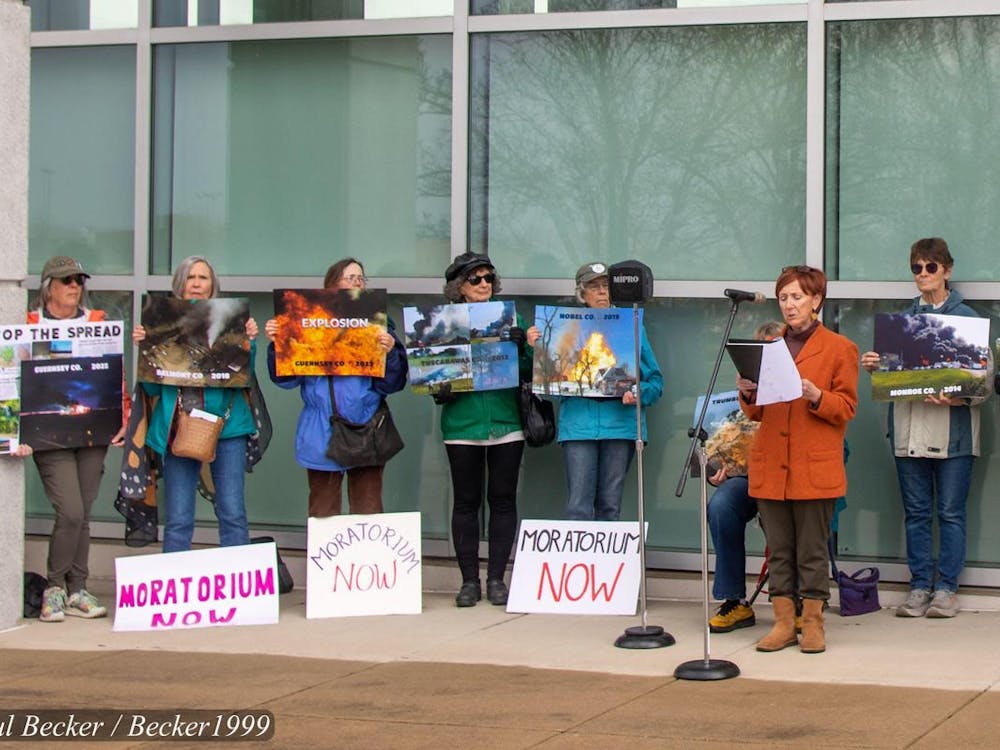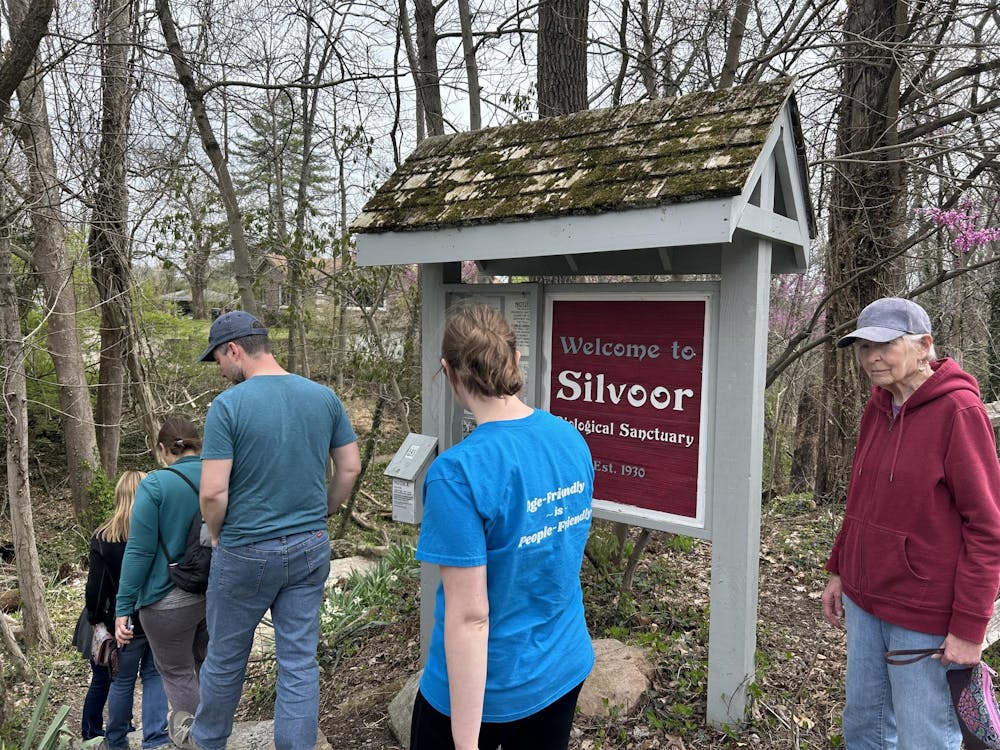Miami University is no stranger in the race to claim carbon neutrality. The university plans to achieve the title of carbon neutral by 2040 — but this does not necessarily mean producing zero carbon emissions.
A key method in obtaining carbon neutrality — emitting no more carbon into the atmosphere than you are taking out — is carbon offsetting.
“Any university in the U.S. right now which says they’re carbon neutral, they are buying carbon offsets,” said Olivia Herron, director of sustainability at Miami University.
The idea of carbon offsetting is funding a project that will take carbon out of the atmosphere or prevent emissions, to balance emissions created by the institution. This can be done by purchasing certificates “confirming” how many metric tons of carbon the investment will prevent from accumulating. This number is then subtracted from the purchasing institution’s emissions. However, this strategy comes with a fair share of uncertainties and critiques.
Amy Sullivan, assistant teaching professor with the department of biology and Project Dragonfly, compares the carbon offset market to the wild west. Currently, few regulations exist apart from nonprofits that work to verify the projects. Sullivan believes this can put offset purchases at risk of “funding” projects that would have taken place anyway, such as saving a forest that never would have been cut down, and lead to general calculation issues across project types.
Due to the diversity of the market, calculating the amount of carbon pulled out of the atmosphere and putting a price to the offset certificate can be difficult.
“It’s going to be project-specific. It’s going to be landscape-specific, and the market doesn’t want that. It wants kind of a uniformity that is difficult in the natural world,” Sullivan said.
The strategy also involves ethical uncertainties, as institutions that want to claim carbon neutrality can buy offsets from this market rather than reduce their own emissions.
The carbon offsets subcommittee for Miami’s Climate Action Task Force had similar concerns. Because of this, the university will begin its course of action by starting to “draw down” instead of carbon offsetting.
To draw down carbon emissions means to reduce them at the source. Herron said that for Miami, this means changes such as transitioning from steam to geothermal heating and working towards getting solar power on campus.
Miami’s target is to draw down on 90% of carbon emissions, but certain areas are tricky to reduce, such as commuter emissions and university-sponsored air travel. This is where Miami most anticipates the use of carbon offsets. However, due to the current uncertainties of the market, Herron says Miami won’t purchase new carbon offsets until at least 2035.
This strategy differs from schools that have already reached carbon neutrality, such as the University of Michigan, where carbon offsets played a substantial role. Lisa Ellram, Rees distinguished professor of supply chain management and chair of Miami’s carbon offsets subcommittee, said Miami’s plan allows the university to put more money and energy into longer-term solutions to reduce emissions.
Enjoy what you're reading?
Signup for our newsletter
“If you’re spending money on carbon offsets, you don’t have that money to spend on mitigation. Mitigation is an investment, and carbon offsets are an expense,” Ellram said.
Herron is also an advocate for investing time and money in directly cutting emissions on campus before offsetting it elsewhere. She said carbon offsets can also be created internally, which would allow projects to be closer to the community and easier to keep track of. Reducing emissions with solar power at the Hamilton campus is one avenue being considered.
“I think looking inward is really the way to go,” Sullivan said.
Herron said Miami is cautiously optimistic that in the future, carbon offsets will be better regulated. For now, both Ellram and Herron think it best to wait until there is better verification for externally purchased offsets and learn how going carbon neutral can be focused on the local community.
“That requires more time and patience and actual work here in Oxford,” Herron said, “but we think that’s a good thing.”




